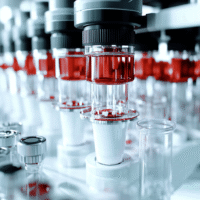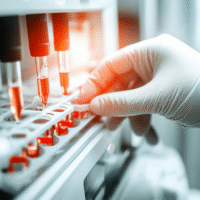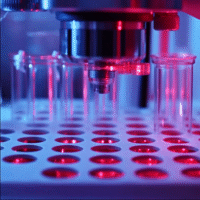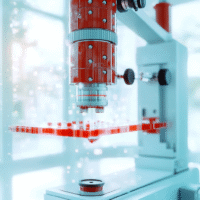Understanding the Study Results
This study looked at how different teaching methods can help doctors learn to diagnose conditions using endoscopy, a procedure that lets doctors see inside the body. The researchers wanted to see if matching the teaching style to a doctor’s way of thinking (called working memory) would help them learn better.
What Worked?
- Doctors who received teaching that matched their thinking style (Matched-E group) were better at diagnosing colorectal polyps than those who did not (Unmatched-E group).
- The accuracy of diagnoses was 61.6% for the matched group compared to 53.9% for the unmatched group.
- For non-cancerous lesions, the matched group had an even higher accuracy of 68.0% versus 48.4% for the unmatched group.
What Didn’t Work?
- For some types of lesions, like adenomas or cancers, the teaching method did not make a difference in accuracy.
How Does This Help Patients and Clinics?
By using teaching methods that fit how doctors think, clinics can improve the skills of their staff. This means better diagnoses for patients, leading to quicker and more effective treatments.
Real-World Opportunities
- Hospitals can adopt personalized teaching methods based on doctors’ learning styles.
- Training programs can be adjusted to improve diagnostic skills in endoscopy.
Measurable Outcomes
- Track the accuracy of diagnoses before and after implementing the new teaching methods.
- Monitor the number of correct diagnoses of colorectal polyps and non-neoplastic lesions.
AI Tools to Consider
- AI-based training programs can help assess doctors’ learning styles and provide personalized education.
- AI tools can assist in analyzing endoscopic images to improve diagnostic accuracy.
Step-by-Step Plan for Clinics
- Start by assessing the learning styles of your endoscopy staff.
- Implement a small pilot program using matched teaching methods for a few doctors.
- Evaluate the results by tracking diagnostic accuracy.
- Gradually expand the program based on feedback and results.
- Continue to refine the teaching methods and incorporate AI tools as needed.
For more details, you can read the full research article here.



























